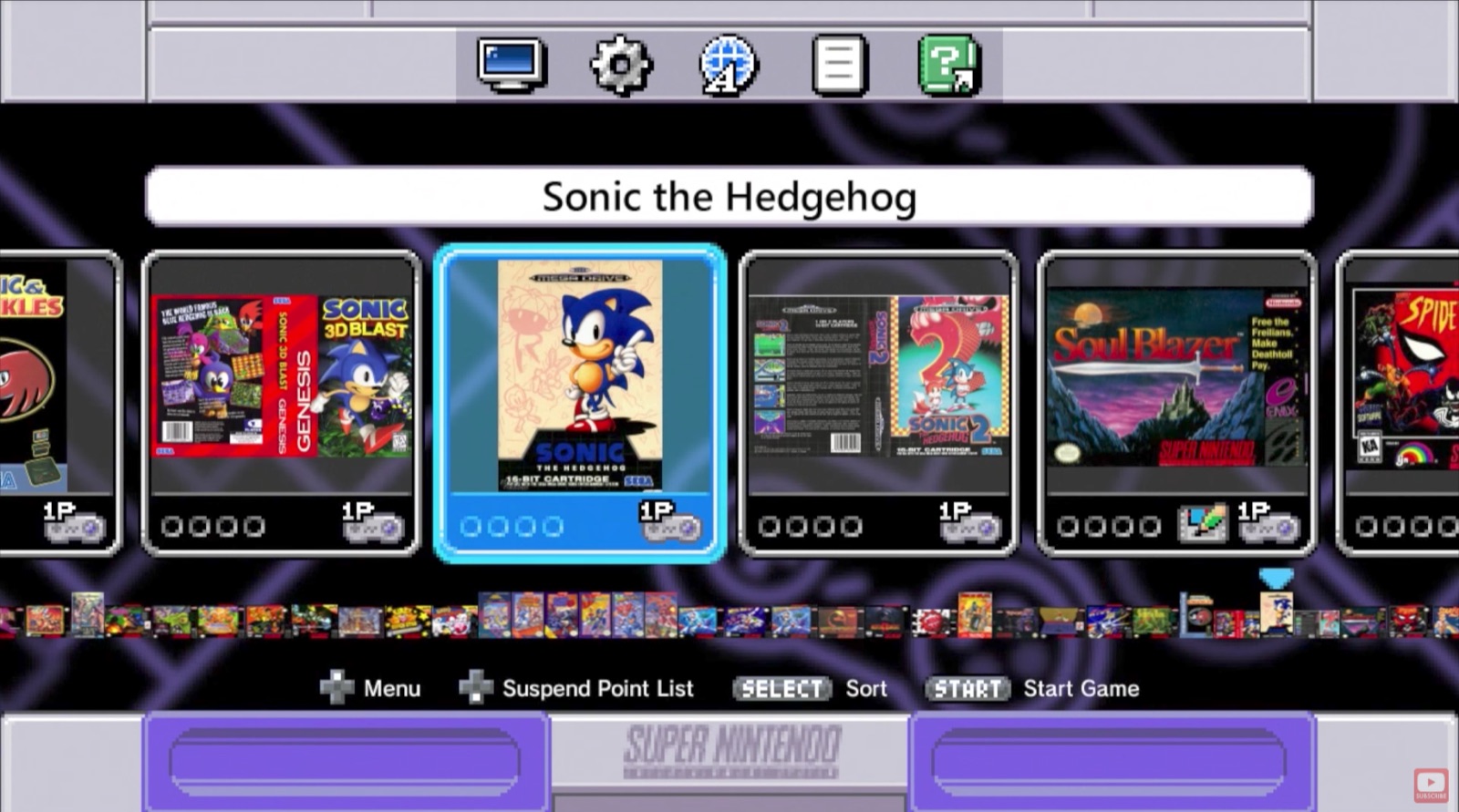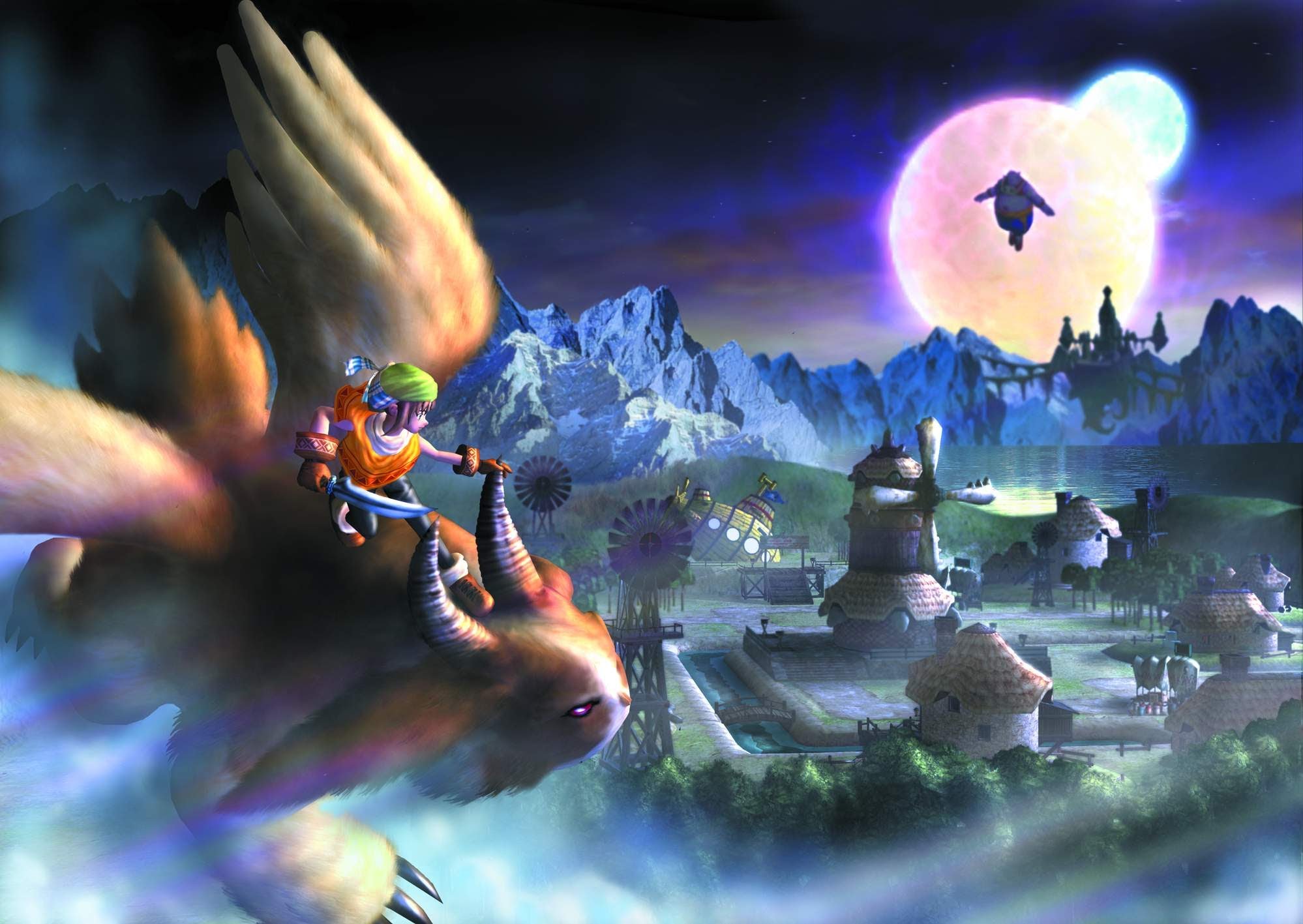Mac Wine Directx Game
- Oct 29, 2019 CrossOver Mac is basically Wine with specialized Mac support. Like Wine, it's a Windows compatibility layer for the Mac that enables some games to run. CodeWeavers has modified the source code to Wine, made some improvements to configuration to make it easier, and provided support for their product.
- Feb 03, 2014 Wine is a free software that allows you to run Windows applications on Linux and Mac OS X, and has been around since the days of Windows 3.x. Made popular among the masses by gamers for its ability to run various Windows games on Linux and Mac, Wine can also run many other types of Windows applications on these platforms flawlessly.
- Mar 05, 2014 I have two MacBooks, both with the same version of Wine. On my newer one, I was able to run the game with Wine without issue. However, for the other, the game fails to run at all, saying DirectX 8.0 or higher is not installed.
- Wine (originally an acronym for 'Wine Is Not an Emulator') is a compatibility layer capable of running Windows applications on several POSIX-compliant operating systems, such as Linux, macOS, & BSD.
- Wineskin Winery Wrapper Wine Xquartz X11 Mac OS X Macintosh free do-it-yourself porting microsoft windows programs run game games gaming Wineskin: play your favorite Windows games on Mac OS X without needing Microsoft Windows Wineskin, Play your favorite Windows games on Mac OS X without needing Microsoft Windows.
- We started making our games for both PC and Mac with Game #22 Nancy Drew: Trail of the Twister. At this time, HeR Interactive is developing all of our new games for the Mac, as well as PC. I wish we had more games available for the Mac, but as we are a small company, the cost of converting our older games is prohibitive.
The recent Final Fantasy XIV macOS 64Bit client is the only currently known working DirectX11 game that’s making use of DXVK. It’s possible some others might work but who knows, I can’t personally test on my Mac due to it only having an Intel GPU.
 It did the job even on multiple platforms like Windows, Mac and Ubuntu, but you had to compile it yourself, which didn’t work out for me.Along came with much better usability but with the big downside for Mac-user like myself that it only works on Windows. IGN has a great.Not to long ago came to the rescue offering a first way to add games. There might be other games.
It did the job even on multiple platforms like Windows, Mac and Ubuntu, but you had to compile it yourself, which didn’t work out for me.Along came with much better usability but with the big downside for Mac-user like myself that it only works on Windows. IGN has a great.Not to long ago came to the rescue offering a first way to add games. There might be other games.
You know we’re big supporters of only playing native games on our Macs. After all, they’re the easiest to install, the easiest to run, and they directly support developers who bring their games to macOS. Plus, many of the best games support MacOS, including most indies.
But to be fair, some big games are not available on macOS and probably never will. And for those specific cases, you’ll be happy to learn you can easily run Windows games on Mac.
Today, we’ll show you all the ways you can run Windows games on Mac. We’ll review every single method, from the cheapest to the fastest:
| Method | Cost | Requires Windows license? | Requires Reboot? | Pros and Cons |
|---|---|---|---|---|
| Bootcamp | Free | Yes | Yes | ✔ Great performance ❌ Constant rebooting |
| Parallels | $79.99 | Yes | No | ✔ Easy to use ❌ Limited performance |
| NVIDIA GeForce Now | $25 for 20 hours | No | No | ✔ Excellent performance ❌ Expensive |
| Wine | Free | No | No | ✔ Absolutely free to use ❌Complicated to set up |
Pro tip: Stay away from the Mac App Store if you’re planning on playing games on Mac and Windows! Games purchased on the Mac App Store only work on macOS whereas games purchased on Steam or Humble Bundle support both macOS and Windows. We share our tips on where to buy games here.
Let’s start with my personal favorite.
Boot Camp: The best performance for cheap
There are many ways you can play pretty much every Windows-PC game available today on Mac. Yet Boot Camp remains the most popular.
Unlike Virtualization software (which we’ll discuss in a moment), Boot Camp is a free utility that allows you to install and run Windows on your Mac in the same way you would on any other computer: natively.
Boot Camp may force you to restart your Mac every time you want to switch from macOS to Windows, but if you’re looking for performance, Boot Camp will always offer optimal gaming performance. Also, you won’t need to pay anything other than a Windows license (unless you’re willing to live with the “Activate Windows” watermark…).
How to set it up? Installing Windows using Boot Camp is straightforward. You just need to open the Boot Camp application in your Utilities folder and follow the assistant. You can also check Apple’s support page for FAQs and guides on how to install and use Boot Camp.
Benefits:
- Easy to install
- Highest possible performance
- No extra costs (other than a Windows license)
Drawbacks:
- Unpractical (you need to reboot your machine just to play a Windows-only game)
- Requires a Windows license
- Requires lots of hard drive space (Windows installation + games)
Bottom line: With Boot Camp, your Mac can run Windows using all it’s power, just like any other PC would.
Virtualization: The most practical solution
Virtualization is the most practical method to run Windows on a Mac. With a virtualization app, you can also install Windows, but you do more: run both macOS and Windows at the same time. This means you won’t have to reboot your Mac every time you want to play a Windows game.
But running two OSes simultaneously is taxing and performance always suffers. Virtualization still works great with games that are easy to run but many games can easily be too demanding.
Wine Directx 12
There are many virtualization apps out there, but our favorite remains Parallels as it offers the best gaming performance. The team over at Parallels does a great job making sure Parallels can handle demanding games too, including games such as Overwatch. In that case, they went as far as working with Blizzard to ensure the best possible performance.
Pro tip: If you already installed Windows using Boot Camp, you can use Parallels to access it without leaving macOS.
How to set it up? All you need to do is follow Parallel’s installation process, which includes the Windows installation itself. Once everything is installed, you can simply launch Windows as if it was any other Mac app.
Benefits:
- Easy to install
- Very practical: You don’t need to reboot to use Windows
- Allows you to use Mac and Windows apps at the same time
Drawbacks:
- Requires both a Windows and Parallels license
- Requires lots of hard drive space (Windows installation + games)
- Offers significantly less performance than Boot Camp
Bottom line: If you just don’t like having to reboot your Mac in order to play a game, Parallels can be a good option, especially if you’re often playing lightweight games, such as indies or older classics.
Streaming: The best performance (if you have fast internet)
Streaming is the newest method you can use to reliably run Windows games on your Mac. Thanks to services such as NVIDIA GeForce Now, you don’t even need to install Windows anymore. The heavy lifting is done by NVIDIA’s high-end computers and servers, which physically run the games. All you need is a somewhat recent Mac and a good internet connection to stream the image and send your input.
After hours using NVIDIA GeForce Now I can confirm: if you have a good internet connection, the service works great. You can run the most intensive and demanding game available on a MacBook Air. But you do need a very fast internet connection. I’m in France, have the fastest internet connection there is (optic fiber), and still see stutters when running games using GeForce Now.
Benefits:
- Extremely easy to set up and use
- You don’t even need a Windows installation
- Can run very demanding games on lightweight MacBooks
Drawbacks:
- Requires a very fast internet connection
- Requires a monthly fee if you want priority access (a free account will have you wait in line for a long time)
- Cannot run several high-profile games due to issues between NVIDIA and several publishers
Bottom line: If you have a good internet connection, streaming is the easiest way to run Windows games on your Mac, including demanding games.
Wrappers: Cheap but hard to put in place
Finally, there is one last method you can use to run Windows games on macOS: using a Wrapper. In this guide, we shall focus on Wine.
As explained by Cult of Mac:

Wine (and wrappers in general) acts as a translator between the instructions in the PC program and the Mac operating system. It basically fools Windows into thinking they are running in a Windows environment, without actually emulating that environment (and taking the same performance hit) as Parallels does.
Wine also has the benefit of a large, open-source community for support, which means it will continue to get better and improve compatibility for a lot of games along the way.
Benefits
- It’s completely free, no licenses are needed at all.
- It doesn’t require Windows at all
- It doesn’t require you to reboot your machine to play Windows games
Drawbacks
- The most complex method to set up
- Not all Windows games are supported
- Performance won’t be as high as with Boot Camp
Bottom line: Using wrappers is by far the most technical option out there. It’s not as easy to set up but is the only method that’s completely free.
Your turn
As you can see, there are many ways to play Windows games on your Mac. I can’t tell you which method is the best for you because they all have pros and cons. It also depends on your existing setup and needs: How often you want to play Windows games? Does it bother you to have to reboot? Are you willing to pay for Windows or third-party software?
Personally, Boot Camp plus Parallels work great. I use Boot Camp when I want to play demanding games (Destiny 2 is my current obsession) but I can stay on macOS and use Parallels when I simply want to play a lightweight game such as a new indie or a remastered classic.
Which one is your preferred method? What is the Windows game that will make you go through all this trouble? I’m curious, let me know in the comments section!
